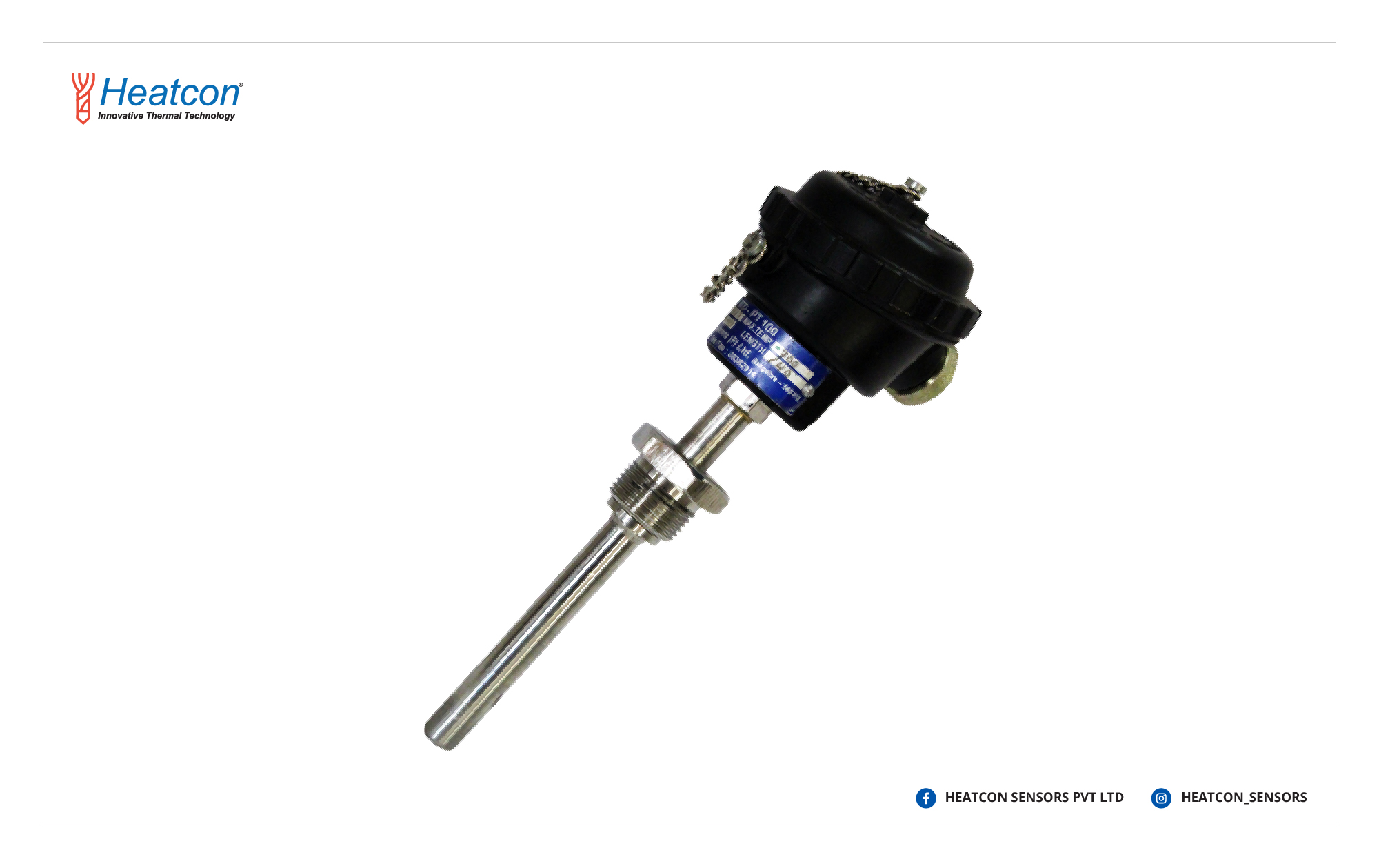The RTD incorporates certain alloys or pure metals that increase in resistance with increase in temperature, and conversely decreases in resistance as the temperature decreases. RTDs are similar to an electrical transducer, which converts temperature changes into voltage signals by measuring resistance. The metals that are usually suitable to be utilised as RTD sensors are often stable, of uniform quality, and pure within a given range of temperature, and have the ability to provide reproducible resistance-temperature readings. Only a few metals have the properties that are required to be used in RTD elements.
RTD elements are usually made of nickel, copper or platinum. These metals are the most suitable for RTD applications due to their linear resistance-temperature characteristics, their ability to withstand repeated temperature cycles and their high coefficient of resistance.
The coefficient of resistance refers to the change in resistance brought in per degree change in temperature, often expressed as a percentage per degree of temperature. The materials utilised must have the capability of being drawn into fine wire for the element to be easily constructed.
RTD elements are often spring-like, long wires enclosed in a sheath of metal and surrounded by an insulator. This specific design has a ceramic insulator surrounding the platinum element. The insulator prevents a short circuit from happening between the metal sheath and the wire.
A nickel-iron-chromium alloy, SS 316 is mostly used in the manufacturing of the RTD sheath due to its inherent corrosion resistance. When kept in a gas or liquid medium, the SS 316 sheath reaches the temperature of the medium quickly. This change in temperature would result in the platinum wire heating or cooling, leading to a proportional change in resistance.
This change in resistance is later measured using a precision resistance measuring device that has been calibrated in order to provide the correct temperature reading. This device is usually a bridge circuit.
The Resistance Temperature Detector’s protective well protects it from damage by the liquid or gas being measured. Protecting wells are usually made of SS 304 & 316 and they can be used in temperatures up to 600°C.
Heatcon Sensors is an ISO 9001:2015 certified company and has received accreditation from certifying bodies like TUV SUD, DRDO CEMILAC, NSIC, and NABL. Production of Thermocouples, RTDs, and Heaters have been our forte! Heatcon Sensors also produces special sensors which find application in numerous industries including the ones specialising in aeronautics, railways, turbines, nuclear plants, and research labs.
With over 3 decades of expertise in temperature sensor and heater manufacturing, Heatcon Sensors provides a high level of quality, accuracy, and an unbeatable commitment to customer support.
If you are interested in knowing more about the RTDs we manufacture, please feel free to call us on (+91-9844233244).

